The core technology of independent three-power brings powerful performance, interpretation of Roewe Ei6 plug-in hybrid technology
From the technical route, the development of hybrid electric vehicles is an important transition means from traditional fuel vehicles to new energy vehicles. The technology and products of hybrid electric vehicles have excellent performance, good energy-saving effect and moderate cost, so the market acceptance is increasing. From 2016 to 2021, the domestic plug-in hybrid vehicle market sales increased from 98,000 to 603,000, and the market scale increased by 6.2 times.
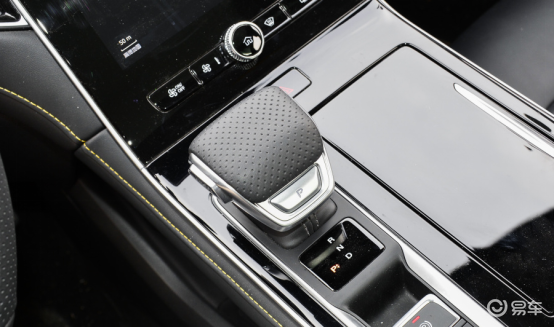
At present, according to the level of electrification, there are three main technical routes for hybrid electric vehicles: hybrid electric vehicle (HEV), plug-in hybrid electric vehicle (PHEV) and extended-range hybrid electric vehicle (REEV). Plug-in hybrid battery system often has a large capacity, which is easy to be supplemented by external power and has good fuel-saving potential.
Plug-in hybrid vehicle is a new energy vehicle between pure electric vehicle and fuel vehicle, which takes into account the advantages of pure electric vehicle and hybrid vehicle. With dual power of fuel and electricity, it can not only realize pure electric and zero emission driving, but also increase the driving ability of the vehicle through hybrid mode. The performance of plug-in hybrid electric vehicle is better than that of traditional fuel vehicle, and it is more suitable for the complex traffic environment in China than pure electric vehicle, which has both performance and economy.
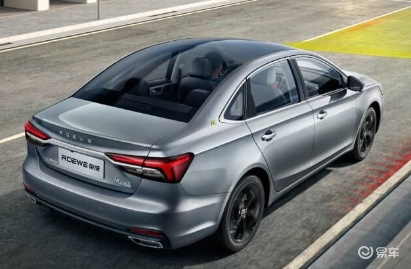
The Roewe brand of Shanghai Automobile Group, a powerful manufacturer, has many products. There are two series in the new energy field: hybrid and pure electricity. The hybrid vehicles include eMAX, ePLUS and Roewe ei6 MAX. Today, let’s take a look at the technical performance of the 2020 car. This car has three models, namely PHEV cool version, PHEV cool canopy version and PHEV cool canopy intelligent driving Supreme version. The official guide prices are 136,800 yuan, 146,800 yuan and 156,800 yuan respectively.

The body specification of the 2020 Roewe ei6 MAX plug-in hybrid model is 4722MM*1835MM*1465MM, which is a compact model. The wheelbase is more than 2.7 meters, reaching 2715MM, so there is plenty of room in the car.
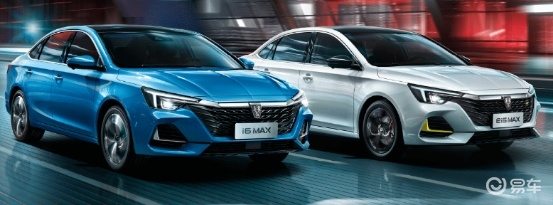
The 2020 Roewe ei6 MAX electric hybrid vehicle has six exterior colors, namely, atmospheric Ronglin gray, pearlescent black and bright white, fashionable Jade Bird Blue, Silver Leaf Gold and Red Flame Red, and the interior has two color systems, one is black, and the other is black/gray, with stable colors.

Viewed from the outside, the front face of the 2020 Roewe ei6 MAX model has a concentrated layout, and the logo is located in the center of the front of the car, which is very eye-catching. All-LED headlights run through with silver horizontal lines, which has a strong sense of integrity. The headlights can be automatically turned on. It also has the alarm function of headlights not being turned on, the automatic switching function of far and near lights, and the functions of height adjustment, delay turn-off and so on are also available.
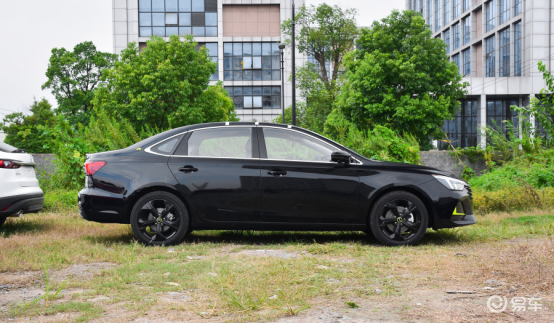
Viewed from the side, the overall line of the 2020 Roewe ei6 MAX model leans forward slightly, which has a strong sense of movement. With 215/50 R17 Michelin tires, the 17-inch five-spoke two-color wheel hub is full of texture.
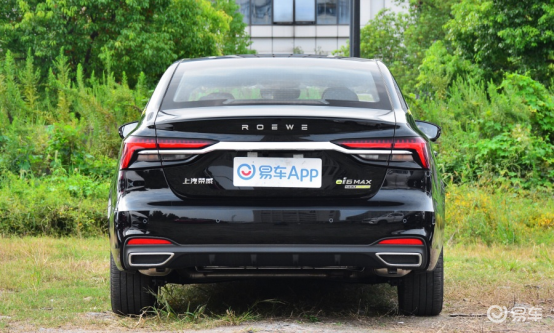
The tail of the 2020 model uses LED taillights, which also run through with horizontal lines, echoing the headlight design. The overall design of the tail is relatively simple, and the logo of ROEWE in English is centered.

The 2020 model is equipped with a boneless wiper, and the rubber strip, steel sheet, sheath and plastic parts are integrated. Compared with the boned wiper, it is evenly stressed and can reduce wear.
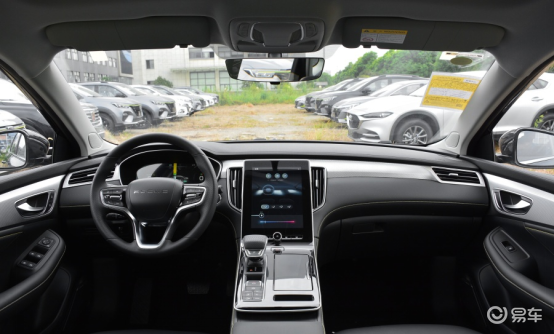
The interior of the 2020 model is a combination of black and gray, and the steering wheel is a three-position design made of leather, which can be manually adjusted up, down, left and right. In front of the steering wheel is a 12.3-inch full LCD interactive instrument.
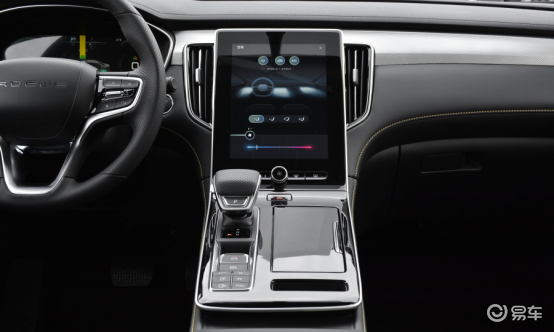
The 2020 model adopts a large 14.3-inch 2.5D curved glass screen. Compared with the flat screen, the curved screen with the same size has a wider viewing angle, which is more in line with the human eyeball structure and has a better stereoscopic effect.
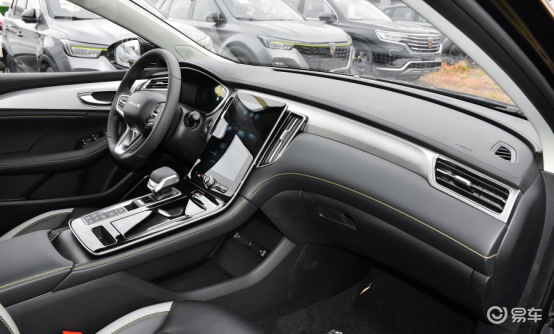
The seat material of the 2020 model is leather, and the PHEV cool canopy version and the PHEV cool canopy intelligent driving Supreme version are advanced leather double spelling with black and light color contrast design.

The 2020 model has plenty of space in the back row, and the reserved space in the head and feet is suitable, without any sense of oppression. The 2020 model is also equipped with exclusive reading lights for the rear passengers, which is very intimate.
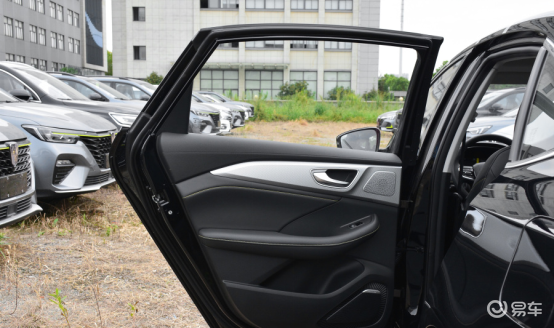
The 2020 model has a double-layer silent glass electric window. The double-layer glass can strongly isolate the road noise, and the mute effect is very good, which brings good comfort to driving.

The top of the 2020 model is equipped with a panoramic canopy with an area of 3 square meters, with a one-button anti-pinch electric skylight, and the car is well ventilated and well lit.

The trunk volume of the 2020 model is 308L, which supports the folding of the rear seats, making the storage space sufficient.
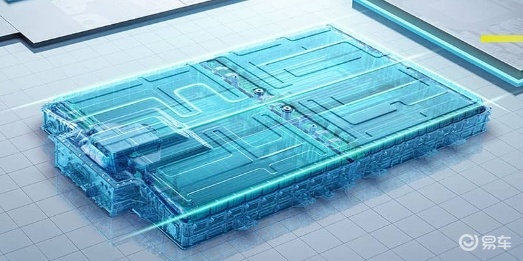
In terms of power, the 2020 model adopts a 1.5TGI in-cylinder direct injection turbocharged engine, with a maximum power of 124Kw and a maximum torque of 250N.m. The total power of the motor is 100 kW, the total torque of the motor is 230N.m, and the combined maximum torque of the engine and motor reaches 480 N.m.

In terms of power design, the 2020 models adopt many latest technologies. The first feature is that the second-generation dual-core plug-in hybrid system developed by Roewe is the "blue-core+green-core" plug-in hybrid system, which is two technology brands of Roewe. The blue-core technology fuel engine system and the green-core technology represent the hybrid mode, which is the accumulation and integration of traditional power technology and new energy technology respectively. This system has reached the world advanced level.
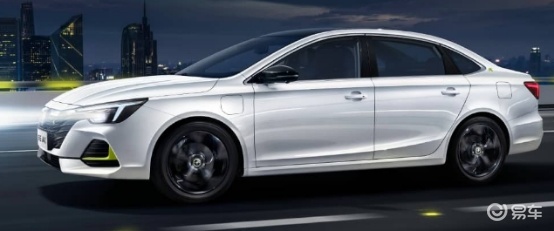
The second feature of the power design of the 2020 model is the adoption of the second generation HCU high-efficiency intelligent electronic control technology. The full name of HCU is Hybrid Control Unit, that is, the vehicle controller of the whole hybrid vehicle. For hybrid vehicles, it is the central controller of hybrid vehicles. Its functions are energy management, torque coordination and distribution, motor and battery coordination management, safety monitoring, fault diagnosis, braking energy recovery, etc. HCU can quickly adjust the power reserve according to feedback, and its control strategy determines the driving control, power performance, safety performance and economic indicators of the whole vehicle.
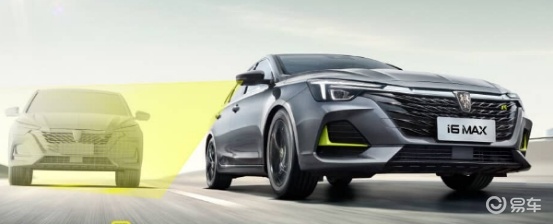
The third feature of the power design of the 2020 model is the use of 10-speed EDU second-generation intelligent electric drive. Shanghai Automobile Group is one of the few enterprises in China with technical reserves in three routes: hybrid, pure electric and fuel cell, and independently controls the core technologies of battery, electric drive and electronic control. The full name of EDU is Electric Drive Unit, that is, intelligent electric drive gearbox, which is the core component of power output. The first generation EDU adopts a plug-in hybrid scheme with two motors in series, that is, double motors and double clutches. When it is upgraded to the second generation EDU, it uses a single motor and an electronically controlled clutch. The second generation EDU has a higher gear ratio combination, that is, gears with different diameters mesh together to have a better rotational speed ratio, which brings more efficient power output to the vehicle. Moreover, after a single motor replaces two motors, not only the power performance is not reduced, but also the cost can be reduced.
The above power design makes the maximum speed of 2020 models reach 200 kilometers per hour. The acceleration time from 0 to 100 kilometers is only 7.2 seconds, NEDC’s comprehensive fuel consumption is 1.1L per 100 kilometers, and the comprehensive electric cruising range is 70 kilometers. Compared with the constant-speed cruising range, the comprehensive cruising range is the comprehensive cruising range under different road conditions, and NEDC considers more car scenarios. The pure battery life of the 2020 model is not long, but it is no problem to use when commuting.
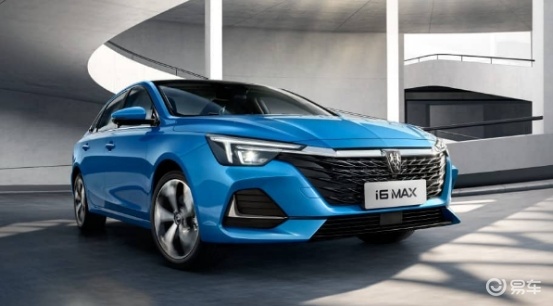
In terms of safety, the 2020 model is equipped with functions such as anti-lock braking (ABS), braking force distribution (EBD/CBC, etc.), braking assistance (BA/EBA/BAS, etc.), traction control (ASR/TCS/TRC, etc.), body stability control (ESP/DSC/VSC, etc.) and passive safety.
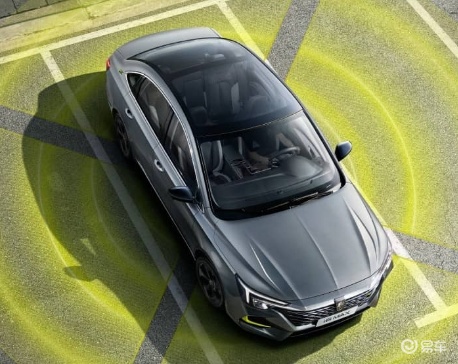
In terms of assisted driving, the 2020 model has practical functions such as 360 panoramic image, Auto Hold automatic parking function, etc. Its direct tire pressure monitoring function can monitor tire pressure and temperature in real time whether the vehicle is stationary or driving, and give an alarm in time to avoid tire failure and ensure driving safety. PHEV’s Supreme version has L2-level assisted driving function, including full-speed adaptive cruise system, traffic jam assistance system, high-speed intelligent cruise system, automatic emergency braking system, front collision warning system, intelligent speed assistance system, lane centering system, lane departure warning system and intelligent headlight control system.

In terms of intelligent configuration, the 2020 model is equipped with the Internet car intelligent system HW2.0 VENUS1.0, which can realize natural voice interaction of AI, OTA upgrade iteration, artificial intelligence navigation system, and IoT interconnection control and service. IoT is also the function of the Internet of Things, which allows car owners to flexibly control relevant intelligent hardware and make vehicles interconnected with everything. This function is quite leading.
With so many advanced technologies, the 2020 Roewe ei6 MAX is worth having.